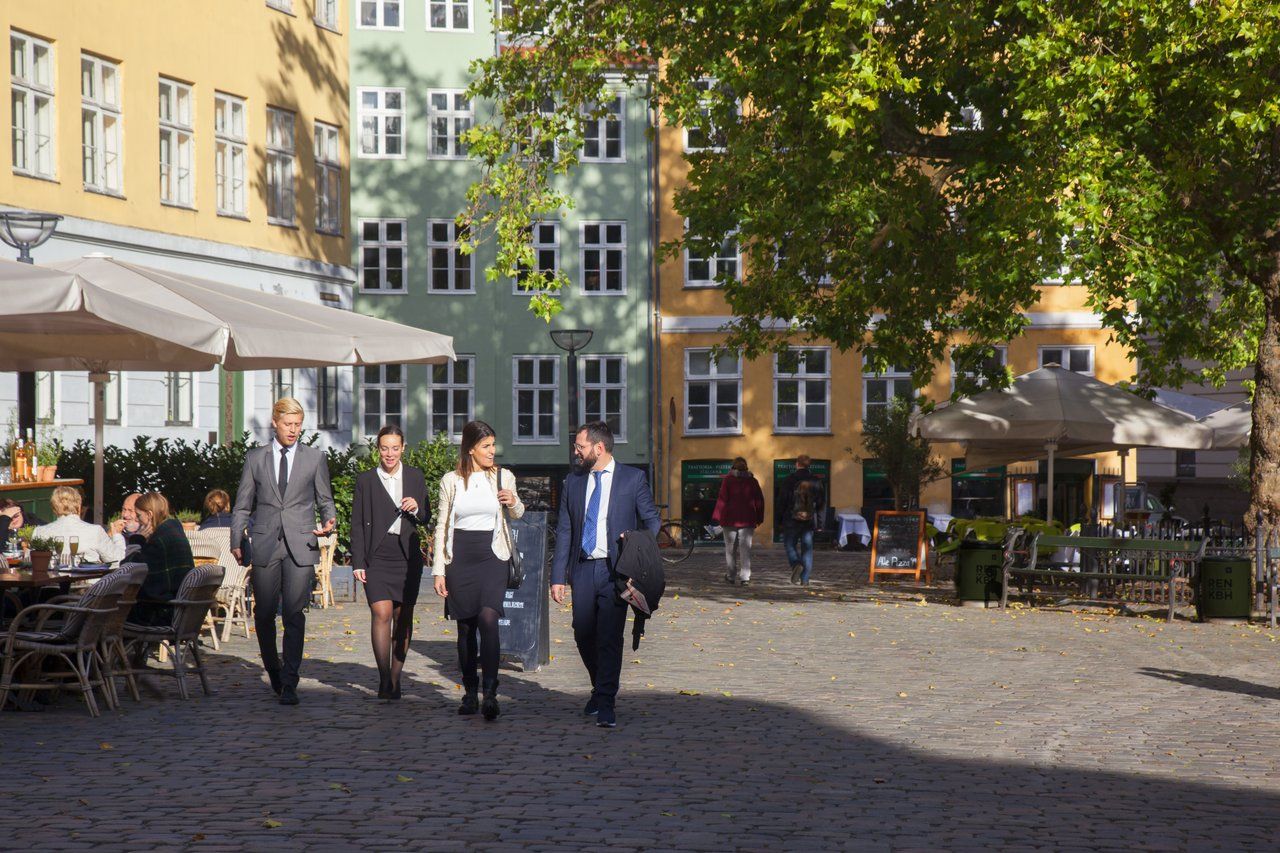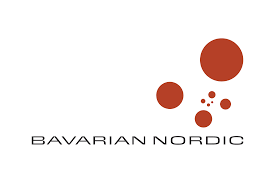Greenpeace is praising major fashion labels such as Levi’s, Zara and Esprit for their pledge to eliminate all toxic chemicals from their clothing by 2020. The move comes following mounting consumer demand.
“We’re delighted to see that consumers are just as concerned about this issue as we are,” Kristian Jessen, a spokesperson for Greenpeace Denmark, told The Copenhagen Post. “Furthermore, the fact that these labels have been willing to work with us should only be applauded.”
A November 2012 Greenpeace report revealed the heavy presence of toxic chemicals in clothing from major brands. The study selected 141 items of clothing purchased around the world and tested them for the presence of toxic chemicals such as NPEs, phthalates, and plastisol. Some 63 percent of the garments tested positive for NPEs, which are known to be hazardous to both humans and the environment.
But despite the praise, Greenpeace has called on companies to impose tighter controls to ensure their production lives up to EU regulations set in place to limit the amount of chemicals in clothing.
“Occasional checks are no longer acceptable,” Jessen said. “There needs to be a consistent method for monitoring chemical levels in garments so that the issue is addressed properly.”
Eva Kruse, the managing director of the Danish Fashion Institute, which organises Copenhagen Fashion Week, agreed.
“We as consumers also play a pivotal role in this,” Kruse told The Copenhagen Post. “We need to start asking questions about where our clothes come from and how they are made.”
Greenpeace is now working with Copenhagen Fashion Week to ensure that clothing from smaller brands is also chemical-free.
“The irony is that while the larger companies are targeted, the smaller companies are still going unchecked, and we need to push them to fall in line as well,” Jessen said.
At the current rate, only ten to 15 percent of clothing worldwide is set to be chemical free by 2020.














